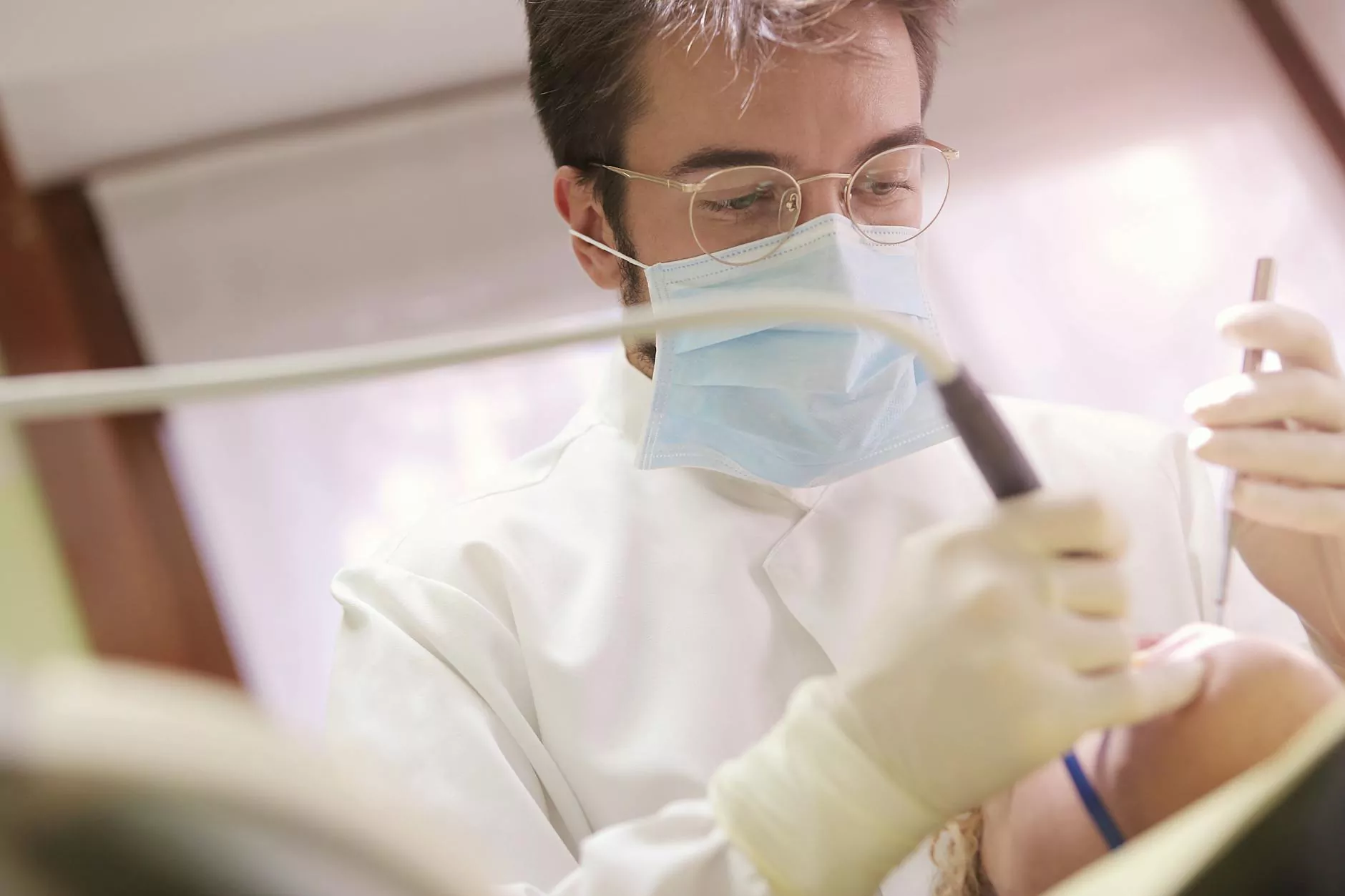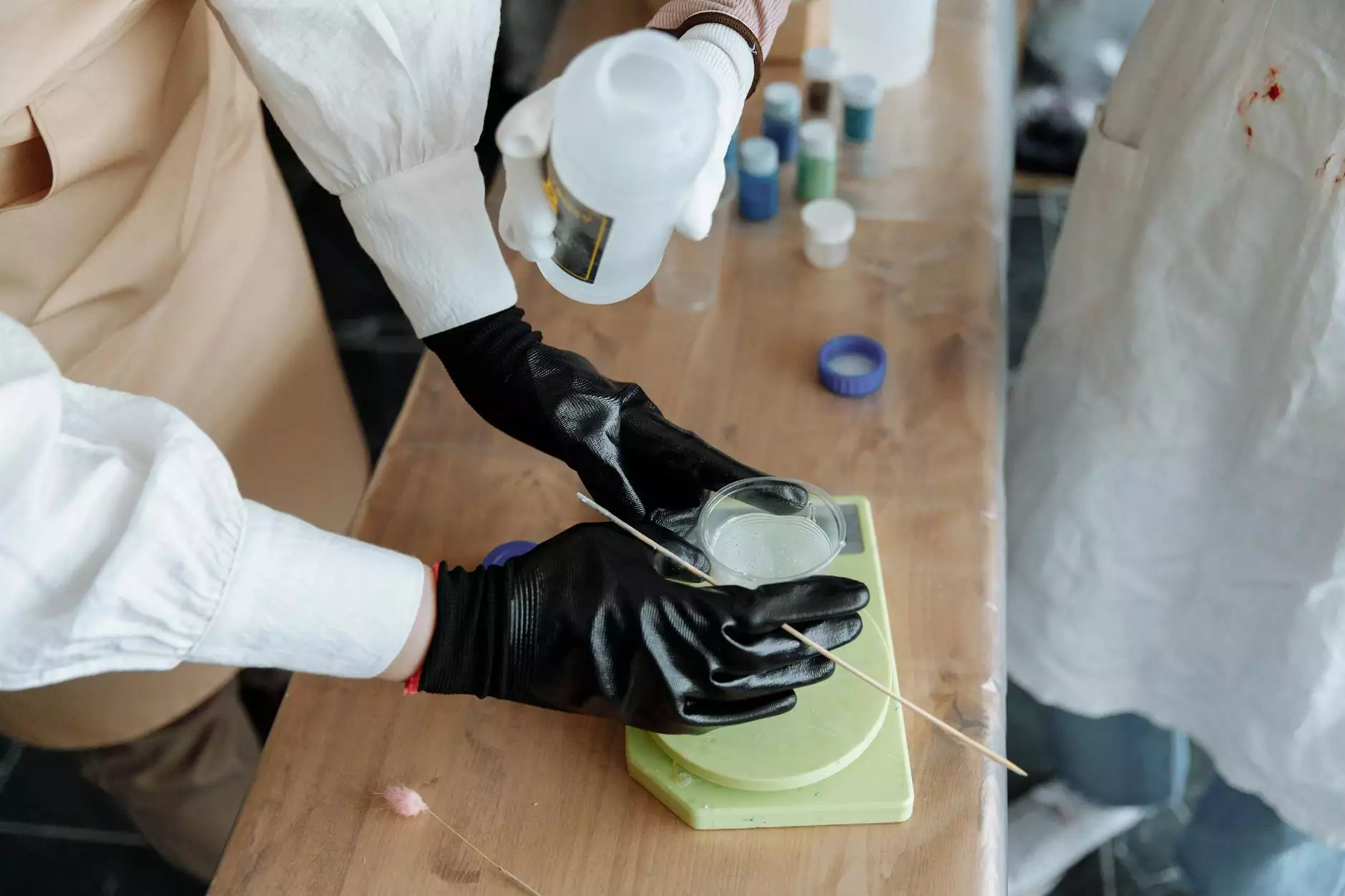Understanding Blood Clots in Your Legs

Blood clots can form in the veins of your legs, leading to serious health issues, including deep vein thrombosis (DVT). Identifying the signs of blood clots in your legs is crucial for timely treatment and prevention of complications. In this article, we will explore the various symptoms, risk factors, and what you should do if you suspect you have a blood clot.
What is a Blood Clot?
A blood clot is a mass of blood that changes from a liquid to a solid state. While clotting is a natural response that helps prevent excessive bleeding after an injury, clots can also form inappropriately within blood vessels, restricting blood flow. In the legs, these clots can cause significant pain and discomfort, and if they break free, they can lead to more severe conditions like pulmonary embolism.
Common Symptoms of Blood Clots in Your Legs
Early recognition of the signs of blood clots in your legs can save your life. Look for the following symptoms:
- Swelling: One leg may swell significantly compared to the other. This swelling is often the first noticeable sign of a blood clot.
- Pain: A deep, throbbing pain that usually starts in the calf and may feel like cramping or soreness.
- Skin Changes: The skin over the affected area may appear red, discolored, or feel warm to the touch.
- Unexplained Fatigue: Unusual tiredness can also accompany the other symptoms.
- Increased Warmth: The affected leg may feel warmer than the surrounding area due to increased blood flow.
Risk Factors for Developing Blood Clots
Understanding who is at risk can help with early intervention and prevention. Here are some key risk factors:
- Prolonged Immobility: Sitting or standing in one position for long periods, such as during long flights or road trips, increases the risk of clots.
- Recent Surgery: Especially surgeries involving the legs or pelvis can lead to clots due to reduced mobility.
- Obesity: Excess weight increases pressure on the veins in the legs.
- Hormone Therapy: Hormonal changes from birth control pills or hormone replacement therapy can increase clotting risk.
- Smoking: Tobacco use significantly raises the risk of DVT.
- Family History: A family history of blood clots can increase your own risks.
How Blood Clots Are Diagnosed
If you suspect you have a blood clot, it’s vital to seek medical attention immediately. Healthcare professionals may use several methods to diagnose blood clots, including:
- Ultrasound: This imaging test uses sound waves to create an image of blood flow in the veins.
- D-dimer Test: A blood test that measures a substance released when a blood clot breaks up. A high level might suggest the presence of a clot.
- CT or MRI Scans: These imaging tests can provide detailed images of blood vessels and are used when clots are suspected in more complex areas, such as the pelvis or lungs.
Treatment Options for Blood Clots
The treatment for blood clots depends on their severity and location. Here are common treatments:
- Anticoagulants: Also known as blood thinners, these medications help prevent further clotting. Heparin and warfarin are commonly used.
- Thrombolytics: These drugs dissolve clots quickly and are typically used in life-threatening situations.
- Compression Stockings: These help reduce swelling and prevent clots from forming in the legs.
- Filters: In some cases, a filter may be placed in the inferior vena cava to prevent clots from traveling to the lungs.
- Surgery: In extreme cases, a surgical procedure may be needed to remove a large clot.
Prevention Strategies for Blood Clots
Preventing blood clots is often possible through lifestyle changes and medical interventions. Consider the following:
- Stay Active: Regular exercise helps improve circulation and reduce clot risk.
- Avoid Prolonged Immobility: If you are traveling, take breaks to move around every couple of hours.
- Maintain a Healthy Weight: Weight management can reduce the pressure on your veins.
- Quit Smoking: Stopping smoking significantly lowers the risk of clot formation.
- Wear Compression Stockings: If at risk, these can help improve blood flow.
When to Seek Medical Attention
If you experience any symptoms suggesting a blood clot, especially swelling or pain in the leg, seek medical help immediately. Rapid diagnosis and treatment can prevent serious complications, such as a pulmonary embolism. It is better to err on the side of caution when it comes to your health.
Conclusion
Being aware of the signs of blood clots in your legs can be pivotal in safeguarding your health. Early detection and prompt medical intervention are essential. Through understanding risk factors, recognizing symptoms, promoting prevention, and pursuing treatment when necessary, you can take crucial steps towards ensuring your vascular health.
For more information on vascular health and specialized treatments, feel free to consult with qualified professionals at Truffles Vein Specialists. Your health is our priority!
what are the signs of blood clots in your legs








